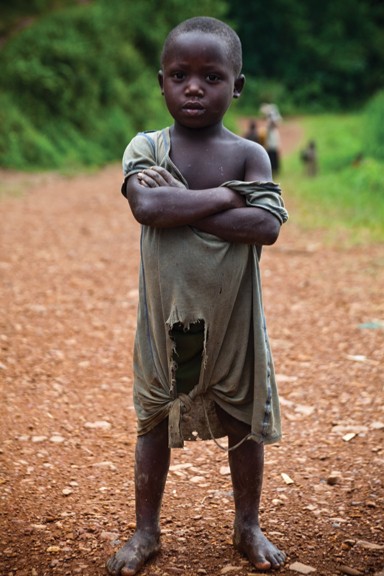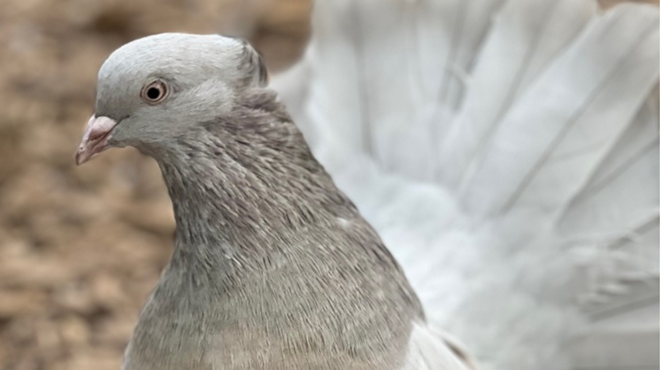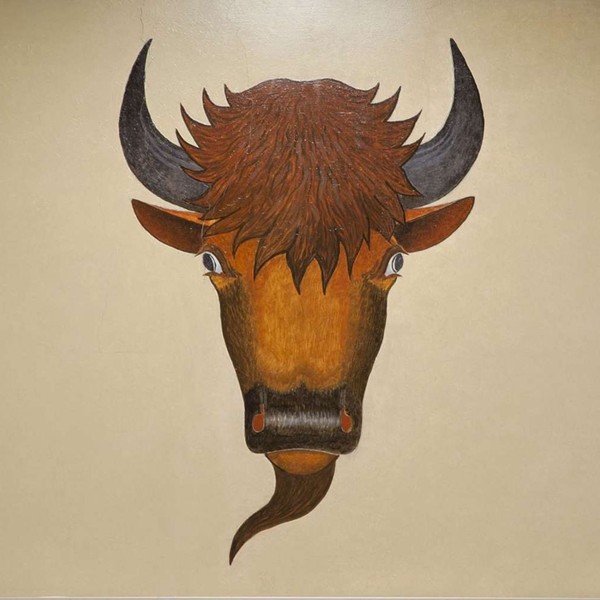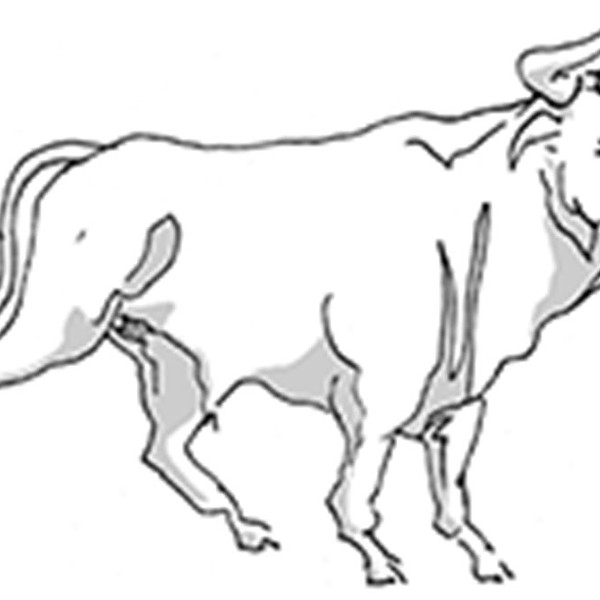
A Russian Mi-8 helicopter passes over the hill and settles into a clearing in the forest at Kibua, in eastern Democratic Republic of Congo’s (DRC) Walikale region, roughly 25,000 square kilometers of dense jungle/forest inhabited mainly by remnants of Rwanda’s 1994 genocide perpetrators and witch doctor militias. The former Soviet Union’s aircraft are the primary choice of the United Nations Organization Mission in the Democratic Republic of Congo (MONUC), the world’s largest peacekeeping force. Shuddering as much as it did in flight, the hulking copter lands. It is at least 20 years old. Others like it have been in service for twice as long and have a gruesome record of crashes. A resupply flight to a company of Indian Army MONUC peacekeepers stationed in about as remote an area as one could ask for, this will be my 15th trip on one of these ancient beasts—I’m hoping my luck holds out.
Africa’s third-largest country in terms of area, the DRC (formerly known as Zaire) lies northeast of Angola. With 68 million people, it is the continent’s fourth most populous country, the 18th most populous in the world. The DRC is home to over 200 different African ethnic groups, the average life expectancy is 54 years, and 1.1 million Congolese have AIDS. Located in Central Africa and straddling the equator, the DRC holds the promise of enormous wealth for its people with its abundance of natural resources, including cobalt, copper, niobium, tantalum, petroleum, industrial and gem diamonds, gold, silver, zinc, manganese, tin, uranium, coal, hydropower, and timber. However, a conflict that began in August 1998 that involved seven foreign armies devastated the country and drastically reduced national output, revenue, and foreign investment, leaving the DRC with the lowest GDP in the world according to the International Monetary Fund. What has been called Africa’s World War has caused the deaths of 5.4 million people from violence, famine, and disease; sexual violence is also widely employed as a tool of war. Although a peace accord was negotiated in 2003, the violence continues in eastern DRC.
The Indian Army first provided UN peacekeepers to the DRC in 1961. Out of roughly 18,500 troops from 49 nations deployed to keep the peace, the Indian contingent is the largest and has served the DRC the longest. As the Mi-8 touches down, I’m greeted by the peacekeeping soldiers. They’re glad to see me, and happily offload the food, water, and fuel that will have to last them until the next flight comes in. I’ll be their guest for a week.
Displaced and on the Run
Surrounded by rough mountains and impenetrable forest, the village of Kibua once served as headquarters to the Democratic Forces for the Liberation of Rwanda (FDLR)—an exiled Hutu group whose members are accused of perpetrating the 1994 genocide of nearly one million Tutsis, as well as moderate Hutus. A thriving weekend market in the village at one time drew hordes of people from neighboring areas. In early 2009, a joint operation between Congolese national troops—Forces Armées de la République Démocratique du Congo (FARDC), the Rwandan military, and the integrated forces of former Tutsi rebel general Laurent Nkunda’s National Congress for the Defense of the People (CNDP)—swept through the region in an effort to rout the FDLR. As its members retreated into the forest, the Hutu combatants allegedly massacred hundreds of civilians and abducted more, forcing them to carry their goods into the jungle.
Late 2008 saw the culmination of the CNDP’s campaign in eastern Congo. Nkunda had led his force to the gates of Goma (eastern DRC’s “capital” situated on its border with Rwanda), prompting a scorched-earth retreat by the outgunned, unpaid, and undisciplined FARDC, who raped and pillaged through Goma. The uprising was finally put down when officers executed 17 men. The event sparked a massive humanitarian disaster, with population movements of hundreds of thousands fleeing the fighting, and seemed to ensure Nkunda’s victory and control of eastern DRC’s riches, with Rwanda, as Nkunda’s main backer, looking to benefit handsomely.

















